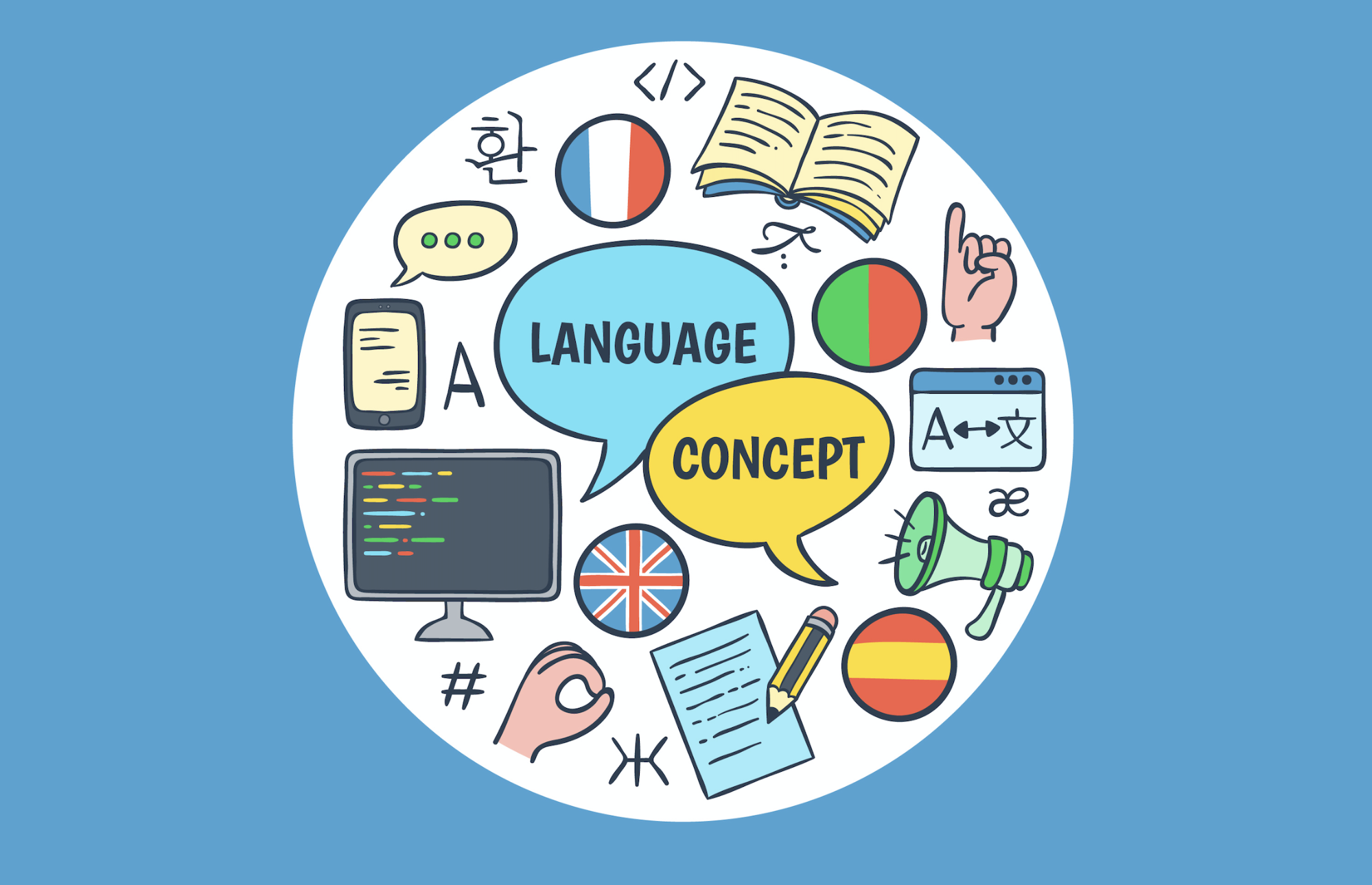Language learning methods are various approaches and strategies used to acquire a new language. These methods differ in philosophy, focus (speaking, grammar, comprehension, etc.), and how learners interact with the language. Below is an explanation and list of the most well-known language learning methods, each with a short description:
🔹 1. Grammar-Translation Method (GTM)
-
Description: Focuses on translating sentences between the target language and native language.
-
Emphasis: Grammar rules, vocabulary memorization, and reading.
-
Strengths: Good for understanding structure; used in traditional education.
-
Weaknesses: Poor speaking and listening development.
🔹 2. Direct Method (Natural Method)
-
Description: Teaches language through conversation, without using the native language.
-
Emphasis: Speaking, listening, and thinking in the target language.
-
Strengths: Promotes fluency and natural acquisition.
-
Weaknesses: Can be difficult without a strong language environment.
🔹 3. Audio-Lingual Method
-
Description: Based on repetition and drills; language is learned through habit formation.
-
Emphasis: Listening and speaking; patterns and pronunciation.
-
Strengths: Good for pronunciation and structure.
-
Weaknesses: Limited vocabulary and creativity in speaking.
🔹 4. Communicative Language Teaching (CLT)
-
Description: Focuses on communication and real-life language use.
-
Emphasis: Fluency, functional language, group work, and interaction.
-
Strengths: Learners become confident speakers.
-
Weaknesses: Grammar may be overlooked.
🔹 5. Task-Based Language Teaching (TBLT)
-
Description: Learners perform real-world tasks (e.g., booking a ticket, writing emails).
-
Emphasis: Practical communication, collaboration, and problem-solving.
-
Strengths: Engaging and meaningful learning.
-
Weaknesses: May not cover all grammar systematically.
🔹 6. The Silent Way
-
Description: Teacher speaks very little; students learn by discovery and trial-and-error.
-
Emphasis: Student autonomy, pronunciation, and problem-solving.
-
Strengths: Deep internalization of language.
-
Weaknesses: Challenging for beginners.
🔹 7. Suggestopedia
-
Description: Uses music, relaxation, and positive suggestion to enhance learning.
-
Emphasis: Vocabulary and reading through a relaxed atmosphere.
-
Strengths: Reduced anxiety and improved memory.
-
Weaknesses: Some see it as unscientific or not practical.
🔹 8. Total Physical Response (TPR)
-
Description: Language is learned through physical movement (e.g., "stand up," "go to the door").
-
Emphasis: Listening comprehension and memory through action.
-
Strengths: Fun and effective for beginners and children.
-
Weaknesses: Limited for advanced learners.
🔹 9. Lexical Approach
-
Description: Emphasizes learning chunks, phrases, and collocations rather than isolated words.
-
Emphasis: Vocabulary acquisition and real expressions.
-
Strengths: Improves fluency and natural speech.
-
Weaknesses: Less focus on grammar and rules.
🔹 10. Content and Language Integrated Learning (CLIL)
-
Description: Subjects like history or science are taught in the target language.
-
Emphasis: Language through meaningful academic content.
-
Strengths: Dual benefit: knowledge + language.
-
Weaknesses: Requires strong support and teacher training.
🔹 11. Immersion Method
-
Description: Learners are placed in an environment where only the target language is used.
-
Emphasis: Natural acquisition through full exposure.
-
Strengths: Rapid fluency development.
-
Weaknesses: Difficult to access without travel or special programs.
🔹 12. Blended Learning / Online Learning
-
Description: Combines digital tools (apps, videos) with traditional or communicative methods.
-
Emphasis: Flexibility, self-paced learning.
-
Strengths: Convenient and adaptive to modern lifestyles.
-
Weaknesses: Requires self-discipline.
🔹 13. Self-Directed Learning (Autodidacticism)
-
Description: Learner takes full responsibility using books, apps, videos, and immersion.
-
Emphasis: Motivation, independence, and personal goals.
-
Strengths: Customizable and flexible.
-
Weaknesses: Lack of guidance can hinder progress.
🔹 14. Natural Approach
-
Description: Focus on understanding language first (input), before forcing production.
-
Emphasis: Comprehension, stress-free learning, delayed speech.
-
Strengths: Mimics first language acquisition.
-
Weaknesses: Slower start in speaking.
Would you like a comparison chart of these methods or help choosing the best one for you?

Comments
Post a Comment